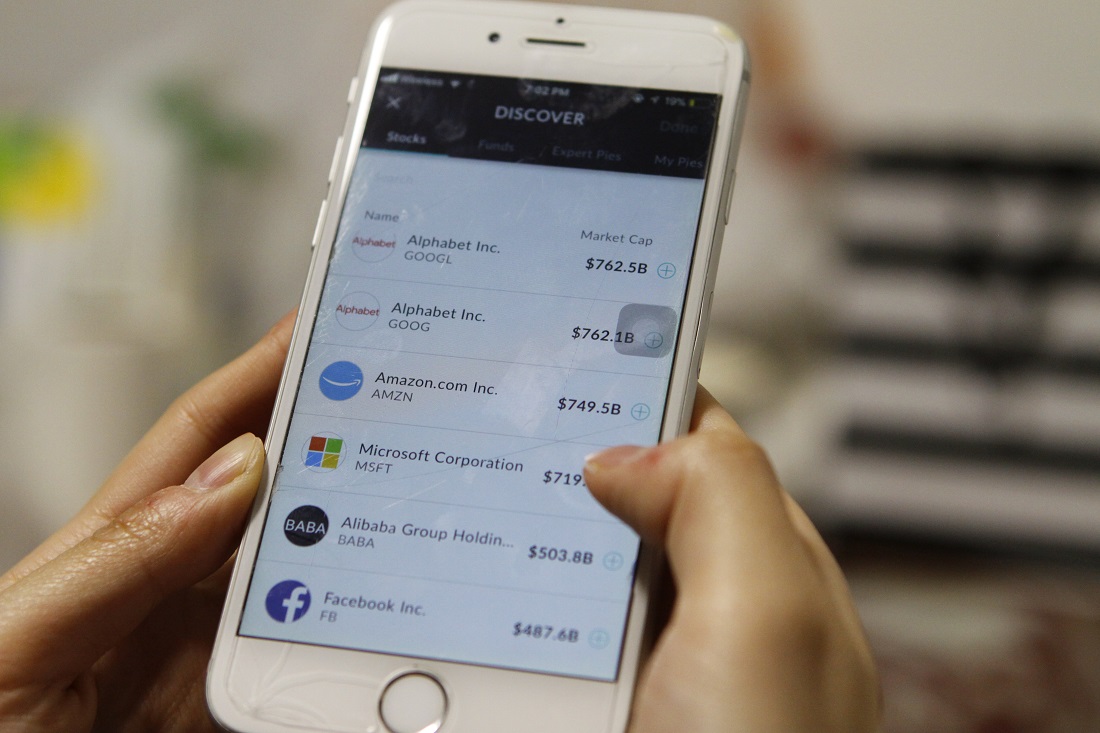By Jinman Li
Medill Reports
Can a securities brokerage make money without charging transaction fees?
M1 Finance LLC, a Chicago start-up, removed fees for its customers’ trades in December 2017, and has witnessed its number of users more than double to 25,000 since then. The company’s assets under management now total $100 million.
Brokerage firms have been drawn into a “price war” in the past few years, as a result of increasing efficiency brought by technological improvement and the popularity of passive funds and exchange-traded funds, or ETFs. Big players such as Fidelity and Charles Schwab both trimmed their commission rates in 2017.
“We saw price compression everywhere in the industry, from automated robo-advisers to old institutional players,” said Michael Savino, vice president of investment operations at M1 Finance. “We saw this as an inevitability and we wanted to be one of the first people there.”
As a digital-only platform, M1’s lack of brick-and-mortar locations makes it easier for the company to save costs and go free. Before M1 Finance, online broker Robinhood Financial LLC has been offering free stock trading since the introduction of its app in December 2014, and it slashed fees for stock-options trading to zero in December 2017. Interactive Brokers Group Inc., which claims to be the largest U.S. electronic brokerage firm by the number of daily average revenue trades, now boasts a $1 trading fee.
M1 Finance didn’t offer free transactions at the beginning. When it was launched to the public in September 2016, the platform charged a rate of 0.25 percent. However, Savino said, the company found a more efficient way to gain profits than charging trading fees: back-end services. These include lending out clients’ cash and securities, giving out loans on customers’ portfolios, and receiving payment from clearing firms for order flows. Each of these services contributes roughly an even portion of the company’s revenue.
“A hybrid robo-advisor and traditional investment broker” is the way M1 Finance brands itself, underscoring its combination of automation and customization. Robo-advisors are digital platforms that provide automated financial advice based on algorithms. Although, as an automated platform M1 Finance does not provide advisory service, it employs the Modern Portfolio Theory and generates a spectrum of expert portfolio options that cater to different users’ preferences, Savino said. The Modern Portfolio Theory focuses on how to create optimal portfolios for risk-averse investors based on a given level of risk, which is “a very passive index model,” said Savino.

Compared with robo-advisors, users have more freedom to compose their own portfolios with the platform, which even allows them to purchase fractional shares, Savino added.
Chris, a 28-year-old data analyst, said he enjoys watching his money be invested exactly how he wants. “I’d been looking for an easy way to manage my investments, and M1’s free auto investing stuck out.”
Although appreciating the handiness of the platform, Jaquan, a 21-year-old student, said he wishes he could buy a share without modifying the pie, which is a dynamic portfolio template that shows the percentage of each investment slice. Jaquan was drawn to M1 because it was free and had a low investing threshold at $100.
Jaquan’s concern echoes with the direction that M1 Finance is working towards – offering users more freedom to customize how they trade and manage money. About a quarter of the platform’s users are 18 to 25 years old, and around 40 percent age 25 to 40, which generally fits the generic term of “millennials”.
As Savino sees it, being “mobile and digital” is the core feature of “next-generation investing” and is the reason why the platform appeals to more millennials and the younger generation than other age groups. However, it would be a challenge to retain them. “The younger generation is going to have a lot of great tools and technologies available to them,” he said, “regardless of how they want to manage their money.”

